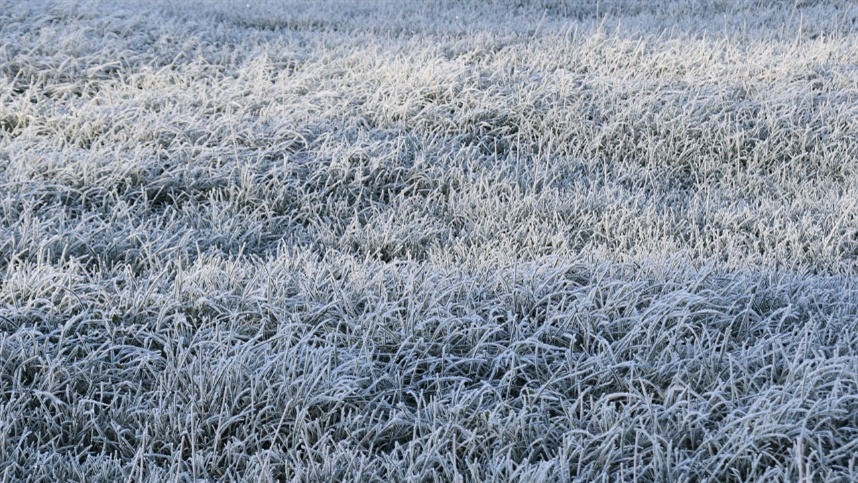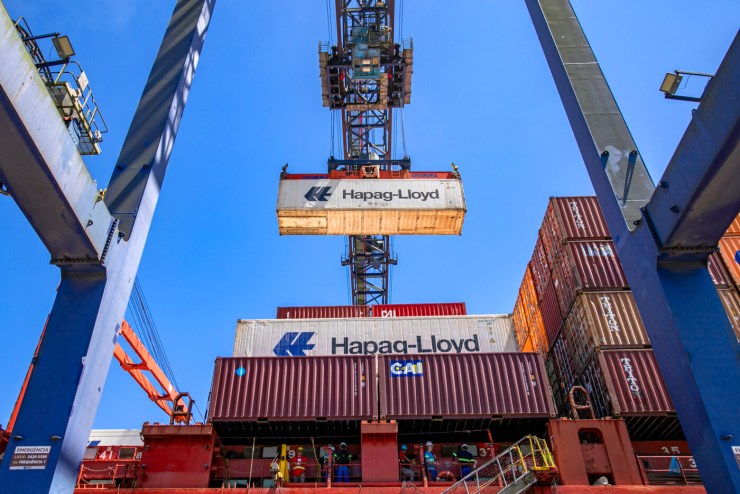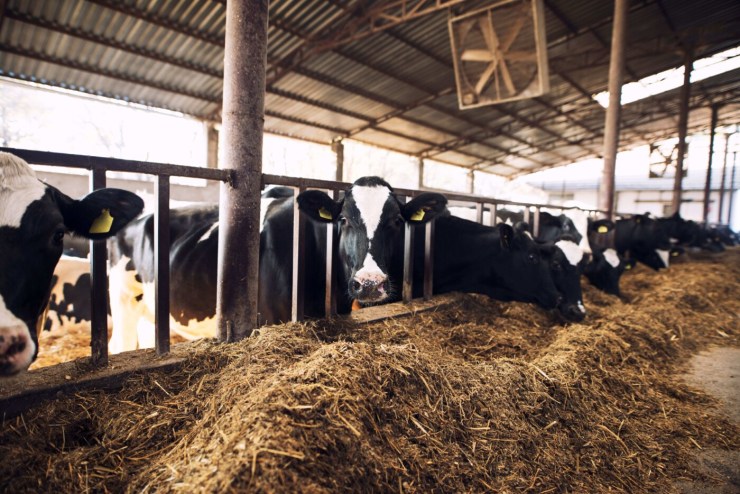Brazil is already experiencing a climate transition phase that is expected to mark the return of the La Niña phenomenon. Weather models indicate that the event will likely occur between October and November, with its effects most evident in late 2025 and early 2026.
In the south of the country, the greatest risk lies in reduced rainfall between November and December, a critical period for soybean growth. Atmospheric blockages can restrict the advance of cold fronts, resulting in windows of up to 30 days with little or no precipitation. Starting in January, however, projections indicate an improvement in rainfall patterns, favoring a wetter summer compared to the previous cycle.
 In the Central-West and Matopiba regions, the outlook is positive for the start of the harvest: rains are expected to arrive early, allowing soybean planting within the ideal window. However, the warning is for the period between late December and January, when longer periods without rainfall can compromise grain filling. Despite this, the overall outlook remains favorable for the summer harvest in the region.
In the Central-West and Matopiba regions, the outlook is positive for the start of the harvest: rains are expected to arrive early, allowing soybean planting within the ideal window. However, the warning is for the period between late December and January, when longer periods without rainfall can compromise grain filling. Despite this, the overall outlook remains favorable for the summer harvest in the region.
With the influence of La Niña, the Center-North tends to record higher maximum temperatures, which increases evapotranspiration and water demand. Meanwhile, the South tends to experience greater climate variability, with alternating heat peaks and milder periods.
In the United States, La Niña typically brings cooler air to the center of the country and dry weather to the south, conditions that can favor the grain harvest. In the American Midwest, more regular rainfall is expected, benefiting the end of the soybean and corn production cycle.





